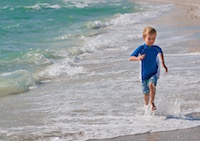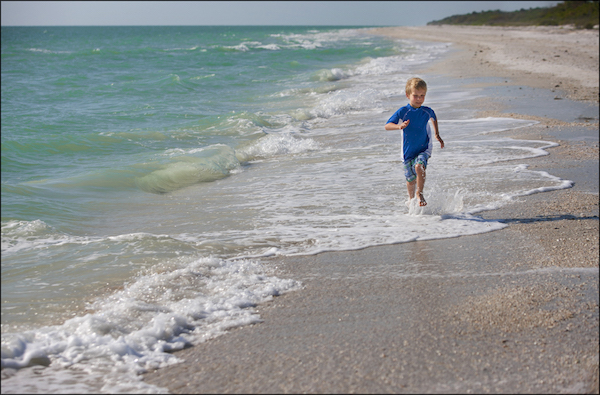What’s your favorite f-stop?
posted Saturday, April 25, 2015 at 3:04 PM EDT

When I was a photo student at the University of Missouri School of Journalism, we had a parade of photography legends come through and speak. But the god of gods was W. Eugene Smith. He’s considered to have produced several of the greatest photo stories ever published by LIFE magazine.
For us, he was the consummate blend of photo-journalist, fine print maker, and nutty artist. He was loaded with all of the usual problems a mad genius might have and we loved him for it.
And we were dopey twenty-year olds. (The question “why do they waste higher education on college students?” comes to mind here.) Anyway, I can remember a conversation I had with some of my fellow students about what was the stupidest question we could possibly ask the great W. Eugene Smith. We came up with this:
What’s your favorite f-stop?
Obviously, no photographer has a favorite f-stop; it’s like asking a great painter what his favorite color is.
In the interest of full disclosure, I must admit that I think it’s still pretty funny. No one asked the question and no damage was done. If memory serves, Mr. Smith was bombed for most of his visit anyway, so it probably wouldn’t have mattered if we had.
What made me think of this, however, is that I noticed recently how many of my pictures were taken at f2.8. It’s a lot of them. I have two zoom lenses that I can do almost everything with, and both of them have f2.8 as the biggest aperture. I shoot lots of pictures wide open because I like backgrounds that are out of focus.

Then I recently read an interview with a sports photographer who said that he shoots many of his pictures at f4 for “focus.” He meant that the little difference between those two f-stops might just make your focusing life a little easier. There’s just a tad bit more depth-of-field at f4 than at f2.8. I concluded that this guy had made a very good point and that maybe I was stuck with f2.8 out of laziness or habit.
As you learn to operate your camera manually, your choice of shutter speed, f-stop, and ISO combination begins to require some more educated nuance. A little bit of this, a little bit of that. Maybe a tad more ISO will let you use a slightly faster shutter speed that will help you when you’re hand holding a camera. Or maybe you decide to sacrifice a bit of your shutter speed to gain a slightly smaller f-stop for, as the man said, focus.
When you’re first learning everything is presented in broad brush strokes. You need a really fast shutter speed for action or a really small aperture for lots of depth-of-field. But then, as you become more comfortable with your gear, it starts to dawn on you that everything is not so cut and dry.
The question ‘what’s your favorite f-stop’ is as silly today as it was when I was in school.
Please don’t decide that you have a favorite f-stop. We all need to be more discriminating than that. You and I, I hope, will continue to learn these lessons together.
(An exceptional educator and a world-class photographer, Nick Kelsh is the founder of How To Photograph Your Life, an excellent source of affordable photography training and tips. Nick’s courses can be conducted by yourself in your own time, or with feedback from Nick and your fellow students. If you appreciated this article and want to improve your photography, visit How to Photograph your Life and sign up for a course today!)